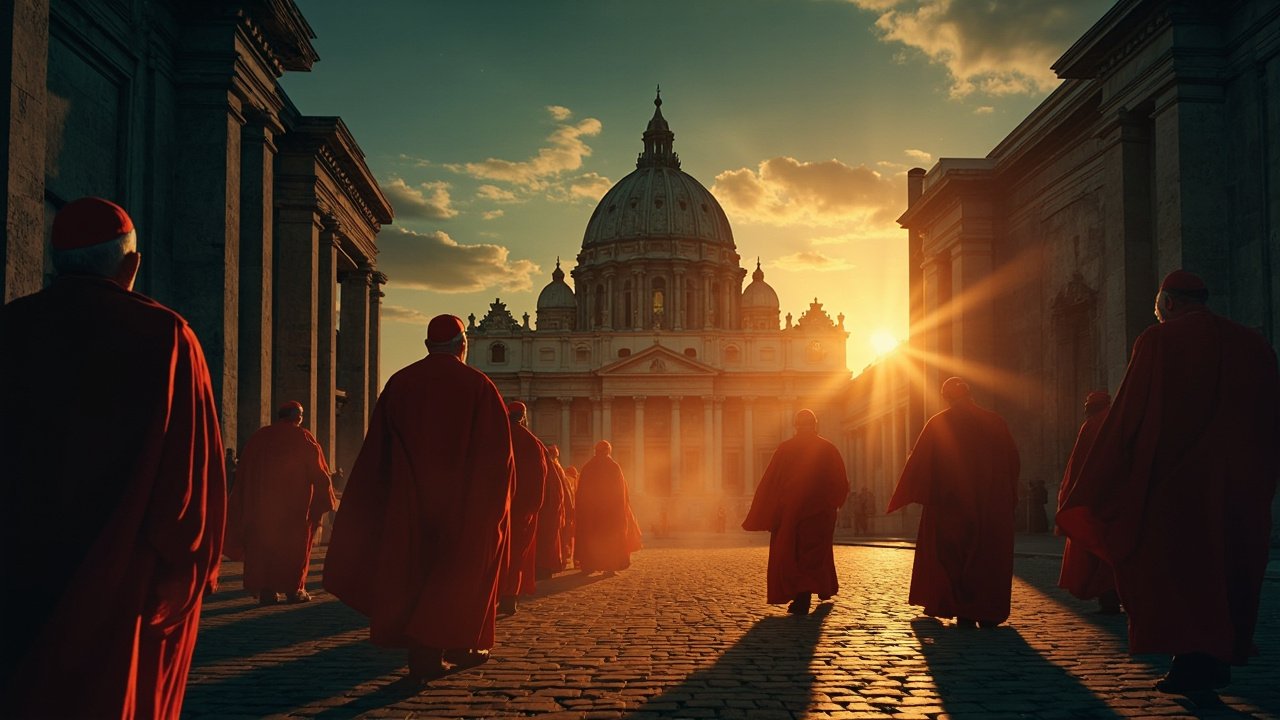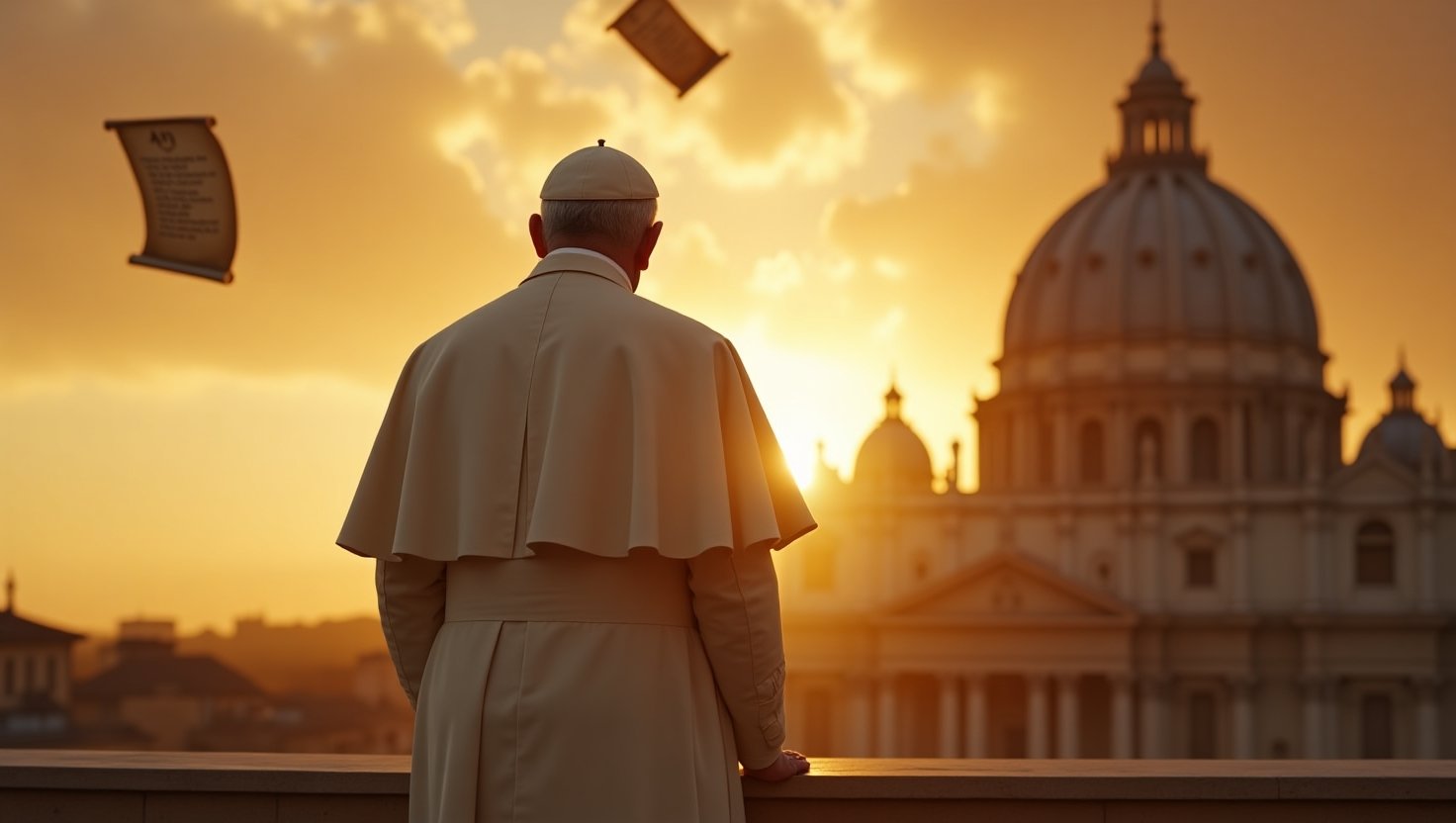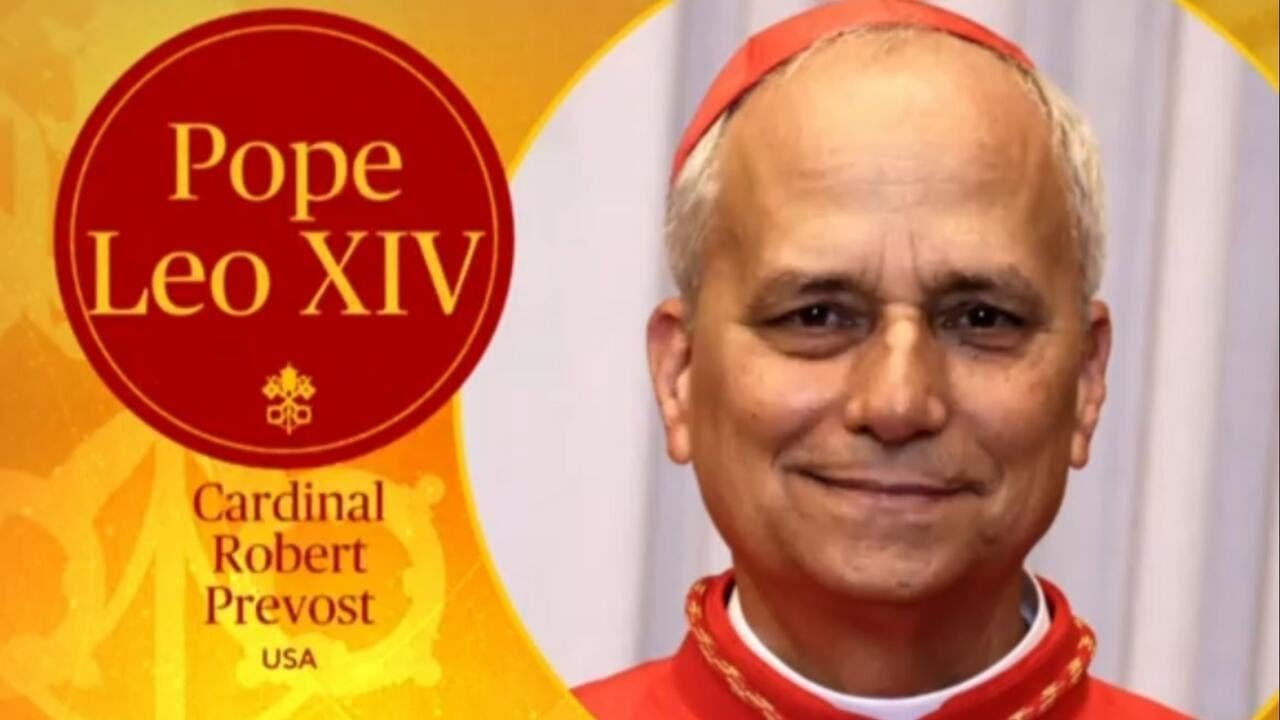
When the leader of the Catholic Church dies or resigns, the world’s attention turns to Rome—not just for mourning, but for the sacred and mysterious ritual of selecting the next pope. At the heart of this process lies the papal conclave, a centuries-old tradition that begins with complete seclusion. But where do the cardinals stay during this historic decision-making process, and why are they locked in?
Since 1996, cardinals have resided in a building within Vatican City known as the Domus Sanctae Marthae, or the St. Martha’s House. Commissioned by Pope John Paul II to provide more comfortable and private accommodations, this guesthouse-style residence is just a short walk from the Sistine Chapel, where the actual voting takes place. Prior to the construction of this modern facility, cardinals had to sleep in makeshift dormitory-style quarters, sometimes using folding beds and temporary setups in the Apostolic Palace.
What makes the conclave so unique is its strict commitment to confidentiality. The word “conclave” itself comes from the Latin cum clave, meaning “with a key.” Cardinals are literally locked in—both symbolically and physically—until a new pope is chosen. The use of electronic jammers, security sweeps, and sworn oaths of silence all ensure the outside world cannot influence the internal proceedings. Even Vatican staff who serve meals or perform housekeeping must adhere to vows of secrecy under threat of excommunication.
This cloistered environment wasn’t always so structured. In earlier centuries, delays and political interference plagued conclaves, sometimes dragging the process out for months or even years. One of the most extreme examples occurred in Viterbo, Italy, during the 13th century. Frustrated with the delay in electing a pope, townspeople literally removed the roof of the meeting room and rationed the cardinals’ food until they made a decision. It was these kinds of drawn-out disputes that led to the creation of the conclave rules we see today—aimed at ensuring prayer, discernment, and divine inspiration guide the process rather than politics or external pressure.
Today, once the conclave begins, all non-cardinal personnel are dismissed. The Sistine Chapel’s doors are sealed, and only those taking part in the election are allowed inside. The ballots are cast on paper, burned after each vote, and the resulting smoke signals to the outside world whether a decision has been made—black smoke for no, white smoke for yes.
The modern conclave lasts as long as necessary, with two votes in the morning and two in the afternoon. While the process is steeped in centuries of tradition, the underlying goal remains the same: to seek God’s will for the future of the Catholic Church. In silence, in solitude, and through deep spiritual discernment, the College of Cardinals embraces its most solemn task.
As the world waits with bated breath, those inside the walls of the Vatican commit to one purpose only: to elect the next shepherd of 1.3 billion Catholics worldwide.
They will remain inside “Conclave” until we have a Pope….



